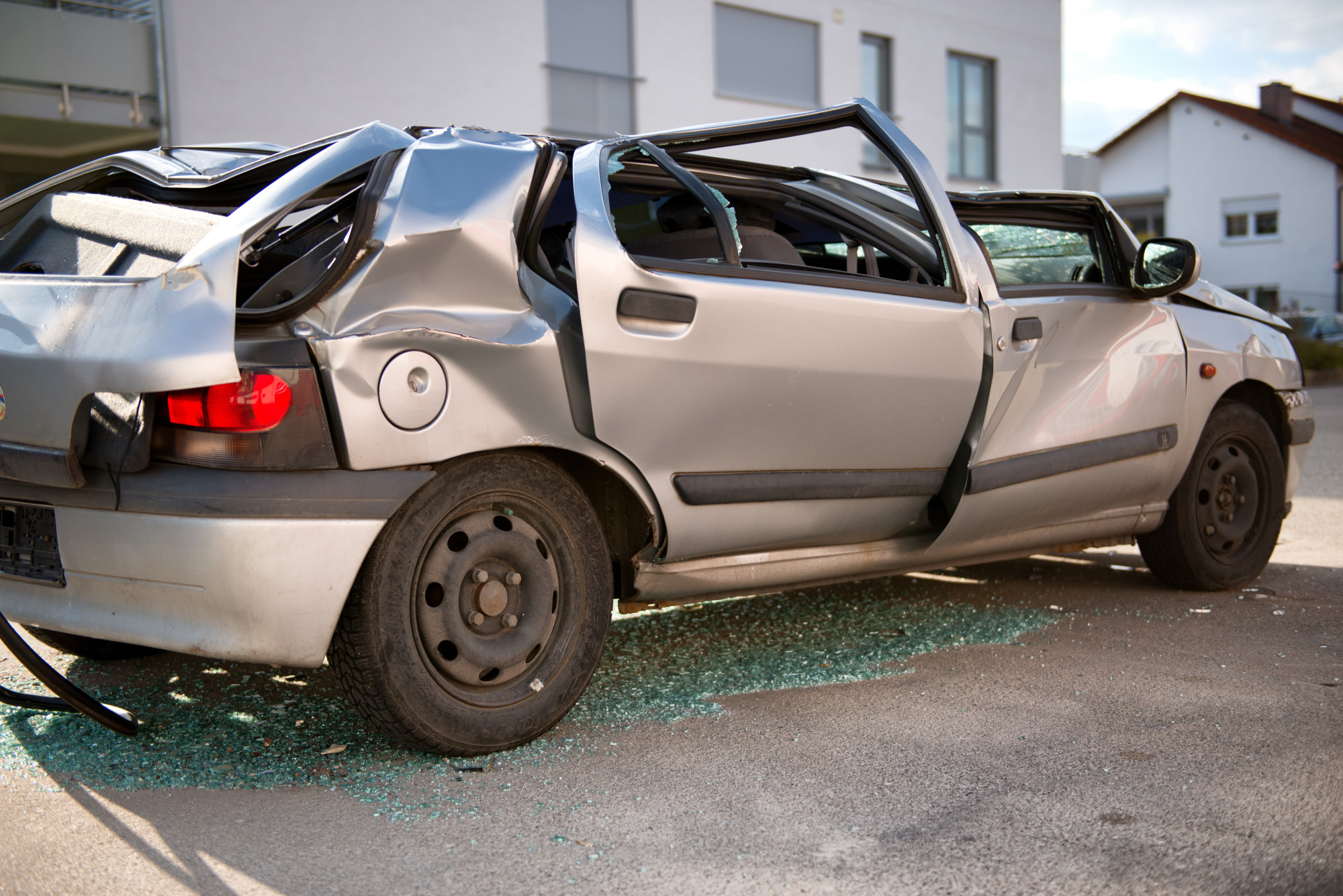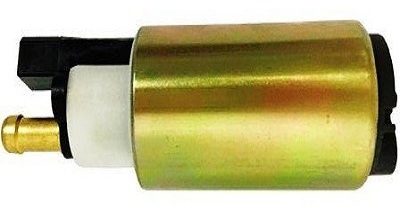
Fuel pump problems can occur on any year, make and model automobile. With that said, there’s no question that the older the vehicle becomes the greater the chances of experiencing an issue with this very important part. Here we’ll cover the three signs of fuel pump problems heading your way. We’ll also discuss the number one issue that can send this component to an early grave and how we humans bear responsibility for it.
Fuel Pump Operation and Location
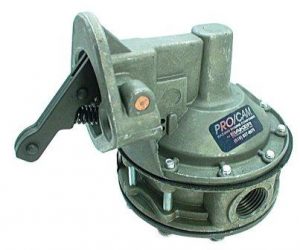
Before fuel injection came along our automobiles enjoyed a very reliable mechanical fuel pump. On these old automobiles the camshaft pushed down on a spring-loaded lever. This simple mechanical action operated a diaphragm that pulled fuel from the tank in the same way that an old-fashioned cast iron water well pump worked.
The reason they did away with these reliable systems stems from the invention of fuel injection. The old mechanical pump only produced 4 to 6 psi of fuel pressure. Modern-day fuel injection systems need 50 to 60 psi of fuel pressure to fire the engine. The easiest way to accomplish this at a reasonable price became the electrical fuel pump.
Although some vehicles will locate this device in the fuel line most of them get installed inside the fuel tank. In the interest of providing complete information some automotive manufacturers use both an in tank unit and an electric motor in the line to assure that fuel pressure stays within the necessary range. This also enhances reliability if one should fail. Now onto the 3 signs of fuel pump failure.
Noisy Operation Means Fuel Pump Problems
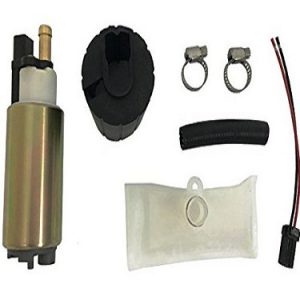
Noisy operation remains one of the primary warning signs that fuel pump problems are heading your way. Car makers spend a lot of time insulating the passenger compartment from the noise that electric fuel pumps make naturally. These devices include a sound deadening on German cars from Mercedes-Benz.
Some manufacturers put a dense foam jacket around the pump motor itself to kill the sound at the source. In the two cited examples it’s important that these sound deadening devices get transferred over to the replacement fuel pump. Nevertheless, if you’re able to hear the fuel pump operation inside the car while you’re behind the wheel this could be cause for concern.
An electronic fuel pump has bearings, gears and an impeller capable of generating noise. Often when these parts begin to fail inside the pump noise generated sounds like an unsteady one. An unsteady whine is caused by a fluctuation in the RPM of the motor, because of variable resistance. When mechanics want to hear the fuel pump running, they remove the fuel cap and stick their ear right inside the filler tube. This is how quiet a properly operating fuel pump should be.
Fuel Pressure Problems from Worn-out Fuel Pumps
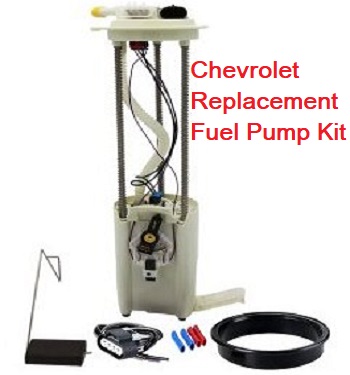
In many scenarios, before the fuel pump gives up completely, the pressure it produces starts to drop off. The common symptoms range from intermittent hard starting or long cranking times and lack of power. When these symptoms coincide with noisy pump operation, as mentioned in the previous paragraph, the fuel pump becomes a likely suspect.
The first thing to do in this situation is to take a fuel pressure test. Some auto manufacturers make this extremely easy as with the Chevrolet Silverado 1500 series pickup truck. GM provides a Shrader valve operated pressure tap that’s easy to get at. In fact, it’s right on the fuel rail before the injectors.
As a final note on the subject of fuel pressure, mechanics and car owners shouldn’t rush out and buy a replacement fuel pump if the pressure readings seem a little low. Other diagnostic steps remain necessary before replacing the pump. Clogged fuel filters can also produce symptoms easily mistaken for fuel pump problems.
Engine Cranks but Doesn’t Start
 This brings us to the third sign of fuel pump problems. Sometimes when a mechanic first sees a fuel pump problem, is when the vehicle arrives on a tow truck at the auto repair facility.
This brings us to the third sign of fuel pump problems. Sometimes when a mechanic first sees a fuel pump problem, is when the vehicle arrives on a tow truck at the auto repair facility.
If drivers ignore the previous mentioned symptoms, the pump eventually fails to produce any pressure at all. The symptom of this scenario is usually the same regardless of year, make and model. The engine cranks around normally, but doesn’t fire up and run.
Although many different things can cause a no start condition, mechanics can quickly take a fuel pressure test to determine if the pump is producing enough pressure to start the engine. Fuel pressure readings vary between manufacturers, but you can always obtain these specifications in a high quality PDF auto repair manual.
Human Error Can Destroy a Fuel Pump
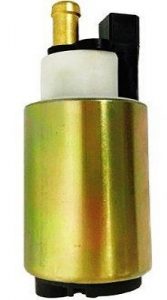
Automotive manufacturers like to install the fuel pump inside the gas tank, because of a few inherit benefits of this location. Gasoline is a petroleum product and provides excellent lubrication for the internal workings of an electrical fuel pump. The fuel inside the tank also helps cool the electric motor.
Now that you understand the importance of how the gasoline lubricates and cools the fuel pump you can imagine what happens if we run the car completely out of gasoline. Now the fuel pump is running without any lubrication or cooling. In an effort to keep manufacturing costs down the inside of a fuel pump that produces pressure is mostly plastic and rubber components.
The fuel pump impeller becomes particularly susceptible to damage from running dry. When you run the car completely out of fuel this impeller runs in a dry state. The edges of the impeller can wear away quickly. In addition, often at the bottom of the fuel tank we find sediment from years of operation. When the fuel pump picks up the last sip of gas, it can also pick up this undesired material. This actually works like sandpaper to destroy the internal workings of the component.
In conclusion no one wants to run out of fuel. However, they may not realize that getting stuck on the road isn’t the only fallout from this preventable condition. Do whatever it takes to keep gas in the tank. Treat the quarter tank as if it represented empty.



